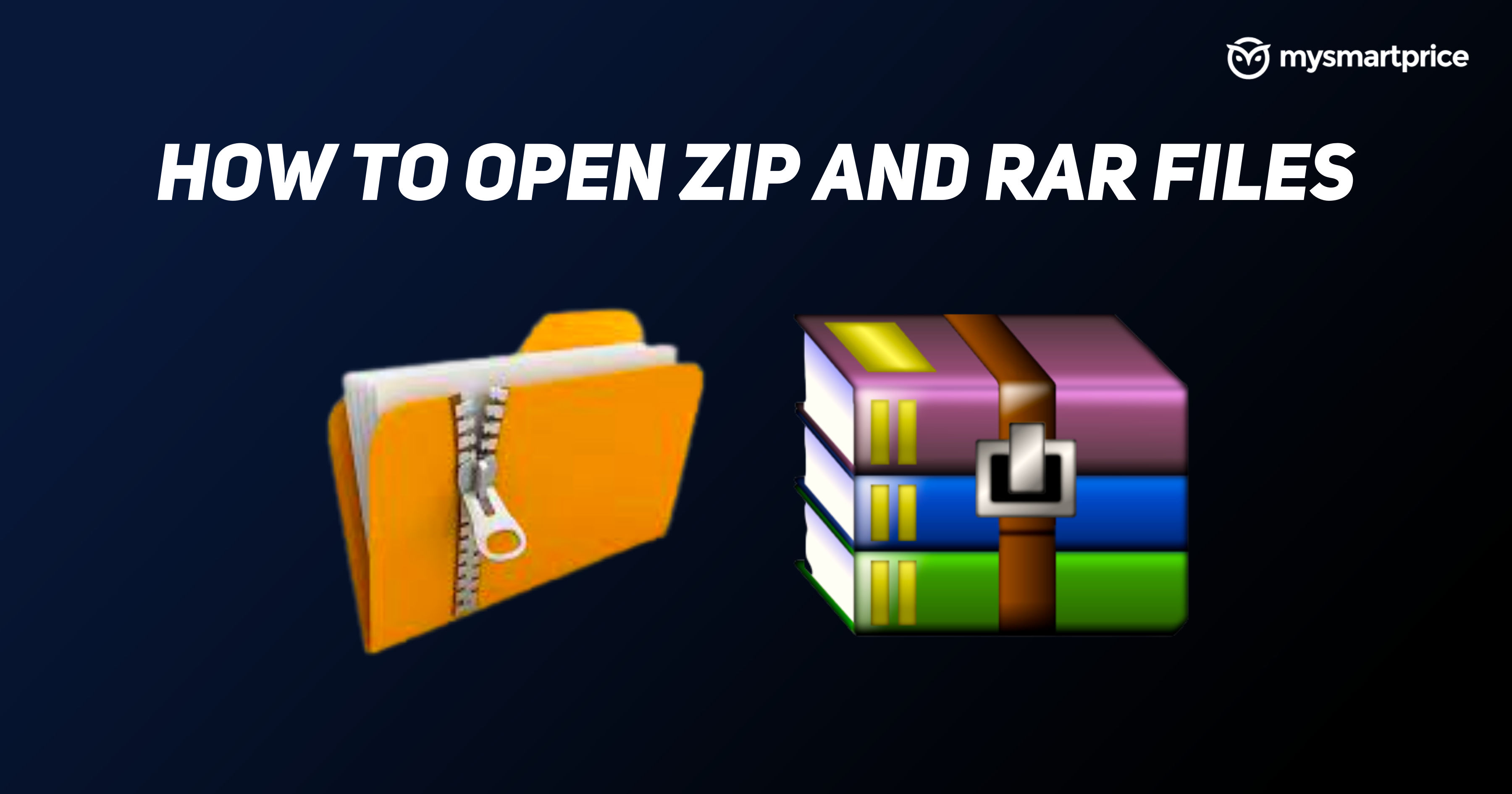
In the realm of file compression, RAR and ZIP are two commonly used formats that serve the purpose of reducing file size and making it easier to transfer and store data. While both formats offer file compression capabilities, they differ significantly in their compression algorithms, encryption methods, and overall functionality. Understanding these distinctions can help you choose the most appropriate format for your specific needs.
RAR: The Powerhouse of Compression
![]()
RAR, developed by Eugene Roshal in 1993, is a proprietary file compression format known for its high compression ratios. It utilizes a variety of compression algorithms, including PPM (Prediction by Partial Matching) and LZMA (Lempel-Ziv Markov chain Algorithm), which can effectively reduce file size without compromising data integrity.
Advantages of RAR:
- High compression ratios: RAR typically offers better compression than ZIP, especially for large files and multimedia content.
- Strong encryption: RAR employs AES-256 encryption, considered one of the most secure encryption algorithms available.
- Advanced features: RAR provides additional features, such as self-extracting archives and volume splitting, which can be useful for large file transfers.
Disadvantages of RAR:
- Proprietary format: RAR is a proprietary format, requiring the use of dedicated software like WinRAR to open and extract RAR files.
- Slower compression and decompression: RAR’s advanced compression algorithms can result in slower compression and decompression times compared to ZIP.
ZIP: The Widely Compatible Format
![]()
ZIP, introduced by Phil Katz in 1989, is an open-source file compression format widely supported by various operating systems and software applications. It employs the DEFLATE compression algorithm, which offers a balance between compression efficiency and processing speed.
Advantages of ZIP:
- Wide compatibility: ZIP files can be opened and extracted using various built-in decompression tools and third-party software applications.
- Faster compression and decompression: ZIP’s DEFLATE algorithm typically offers faster compression and decompression speeds compared to RAR.
- Standard format: ZIP is an open-source format, making it freely available and royalty-free.
Disadvantages of ZIP:
- Lower compression ratios: ZIP’s compression ratios are generally lower than RAR, especially for large files and multimedia content.
- Weaker encryption: ZIP utilizes ZIP 2.0 encryption, which is considered less secure than RAR’s AES-256 encryption.
- Limited features: ZIP offers fewer advanced features compared to RAR.
RAR vs. ZIP: A Comparative Overview
| Feature | RAR | ZIP |
|---|---|---|
| Compression algorithm | PPM, LZMA | DEFLATE |
| Compression ratios | Typically higher | Typically lower |
| Encryption | AES-256 | ZIP 2.0 |
| Compatibility | Requires dedicated RAR software | Widely compatible |
| Compression/decompression speed | Slower | Faster |
| Additional features | Self-extracting archives, volume splitting | Limited |
| Format type | Proprietary | Open-source |
Conclusion
The choice between RAR and ZIP depends on your specific needs and priorities. If you prioritize high compression ratios and strong encryption, RAR is the preferred choice. However, if you prioritize wide compatibility and faster compression/decompression speeds, ZIP is the more suitable option. Ultimately, understanding the key differences between RAR and ZIP will empower you to make an informed decision based on your requirements.